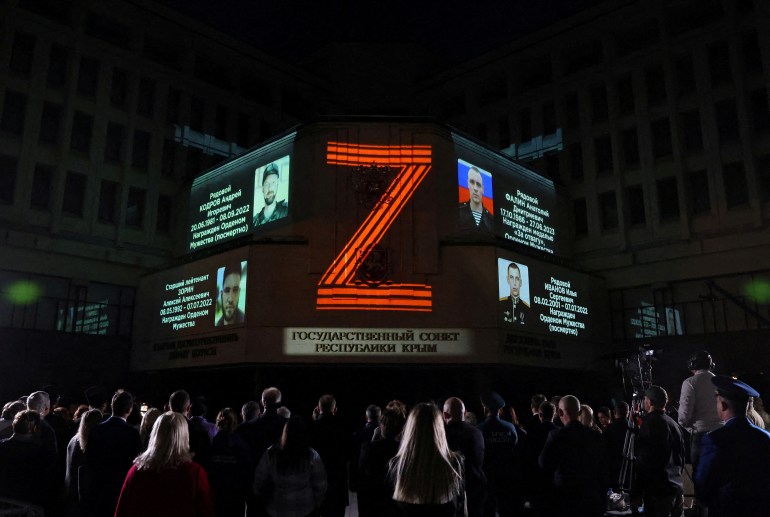Russia creeps forward as Ukraine strikes its air force and navy
Both sides pursued their strategies in the war, with limited success for each, as ammunition shortages plagued Ukraine.
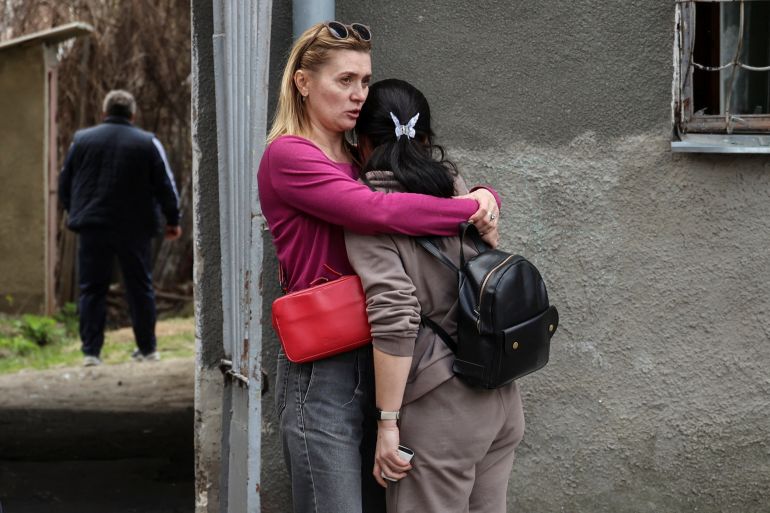
Russian forces continued to make minor gains on Ukraine’s eastern front in the past week, as they have done since the fall of Avdiivka on February 17.
Ukraine largely held its defensive line while continuing to pound military bases inside Russia.
Keep reading
list of 4 itemsRussia, Ukraine feud over ‘dangerous’ attack on Zaporizhzhia nuclear plant
Cameron meets Trump, to urge US Congress to approve Ukraine military aid
US arms Ukraine with thousands of seized Iranian guns, rifles and munitions
These two actions were related.
Much of the pressure on Ukrainian defenders comes from Russian glide bombs – enormous munitions capable of creating a crater 6 metres (20 feet) deep and 20 metres (66 feet) wide, with a destructive radius hundreds of yards across. Ukraine’s Foreign Minister Dmytro Kuleba recently said Russia dropped 700 of these in just one week and that the only way to counter them was to shoot down the aircraft that carry them.
“Russia is using glide bombs, along with direct-attack munitions, in volume to overwhelm Ukrainian air defence,” said the London-based International Institute for Strategic Studies (IISS).
Glide bombs were originally inertial munitions retrofitted with wings to give them range but the IISS recently said Russia had developed a smarter glide bomb that was satellite-guided.
On Friday, Ukrainian media quoted military intelligence and security service sources as saying Ukraine had struck four airfields using drones – Engels, 730km (450 miles) southeast of Moscow; Morozovsk, 870km (540 miles) southeast of Moscow; Yeysk, 1,000km (620 miles) south of Moscow; and Kursk, 450km (280 miles) southwest of Moscow.
According to the reports, Ukraine did the most damage at Morozovsk, destroying six unidentified planes there, damaging another eight and killing an estimated 20 personnel.
The sources also claimed that two Tupolev-95 strategic bombers had been damaged at Engels and three Sukhoi-25 bombers had been damaged at Yeysk. Another seven personnel were reportedly killed at Engels and four at Yeysk.
“If confirmed, the possible loss of roughly five percent of Russia’s strategic Tu-95 bombers in a single strike would be notable,” said the Institute for the Study of War (ISW), a Washington, DC-based think tank.
The ISW said the loss of Sukhoi was also “not negligible since Russia likely has about 300 various Sukhoi fixed-wing aircraft”.
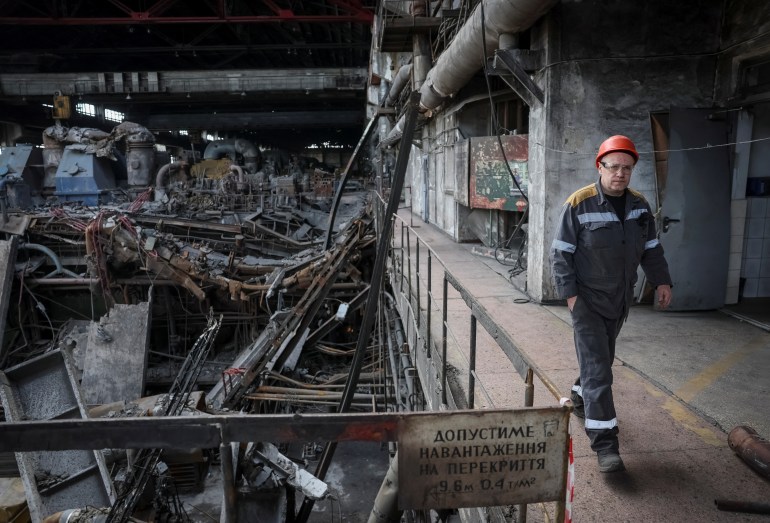
A day before the Ukrainian strike, Russian ground forces renewed their efforts to edge westwards from Bakhmut, a city they captured last May. Their strategic objective appeared to be Chasiv Yar – a town barely 5km (3 miles) west of Bakhmut, which they pushed towards intensively in the last 10 days of March.
Geolocated footage showed a reinforced mechanised company trying to advance towards the eastern district of Chasiv Yar being struck by artillery and turning back. One Ukrainian soldier said 11 of 25 Russian vehicles had been destroyed. A military observer later revised those numbers, saying 19 out of 34 vehicles had been destroyed.
Capturing Chasiv Yar would facilitate a Russian advance towards the largest remaining urban centres of Donetsk – Sloviansk and Kramatorsk, both of which separatists briefly seized in 2014
A separate Russian assault on Monday advanced towards Bohdanivka, between Bakhmut and Chasiv Yar.
The other notable direction of Russian advance was west of Avdiivka, where Russian forces overtook the village of Krasnohorivka over the weekend. By Saturday, seven weeks after taking Avdiivka, they found themselves 10km (6 miles) west of it, close to the village of Umanske and halfway inside the village of Pervomaiske.
Military bloggers also reported skirmishes at a farmstead on the outskirts of Novokalynove, north of Avdiivka.
Ukrainian commander-in-chief Oleksandr Syrksyii described the situation around Bakhmut and Avdiivka as “particularly difficult”.
“The fiercest battles continue in the areas of Pervomaiske … as well as east of Chasiv Yar, where the enemy is trying to break through the defences of our troops,” Syrskyii said.
Ukraine’s long-range strikes
Apart from defence industries and airfields, Ukraine has been targeting Russian oil refineries since the beginning of the year. These strikes have reportedly reduced Russian refining capacity by 14 percent and raised prices at the pump. On March 1, Russia banned the export of refined fuel.
Three unnamed sources have now told the Reuters news agency that Russia has asked Kazakhstan to create a strategic reserve of 100,000 tonnes of gasoline for Russian use.
Ukrainian surface drones have also been striking Russian ports and ships, sinking or disabling as much as half the Black Sea Fleet.
On Monday, Ukraine’s military intelligence claimed another success, this time caused by an apparent incendiary device, against the corvette Serpukhov. Video circulated by intelligence showed a fire starting inside a confined space, and intelligence said the fire had disabled the corvette’s communications and automation systems, laying it up for repairs for a long time.
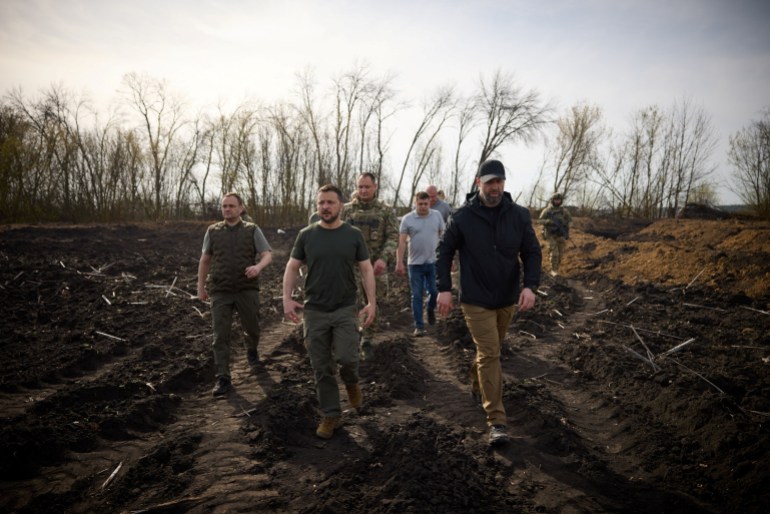
The Serpukhov is a Project 21631 Buyan-M class corvette capable of launching Kalibr ballistic missiles. These have been among the most difficult for Ukraine’s air defences to intercept. Taking out the vessels that launch them is a strategy following the lines of downing the aircraft that launch glide bombs against front-line positions.
Russia, too, has been targeting Ukrainian energy facilities as it did in the winter of 2022-23. Ukraine’s Ministry of Energy said drones and missiles hit facilities in Kharkiv and Dnipropetrovsk on Thursday.
Kharkiv, Ukraine’s second-largest city, has been hit hard.
Russia destroyed its electrical substations on March 24 in a comprehensive hit that St Andrews University strategy professor Phillips O’Brien said was well-planned.
“The Russians both seemed to draw as much Ukrainian air defence as possible to Kyiv, then spread the rest out around the country with a series of attacks. And then, when they had basically reduced Kharkiv’s air defence to as small as possible, they launched a mass attack against Kharkiv’s power,” wrote O’Brien.
Russia also upped the rhetoric in a seemingly coordinated series of statements.
On Thursday, Russian defence chief Sergei Shoigu told his French counterpart, Sebastien Lecornu, that deploying NATO troops to Ukraine would “create problems for France itself”.
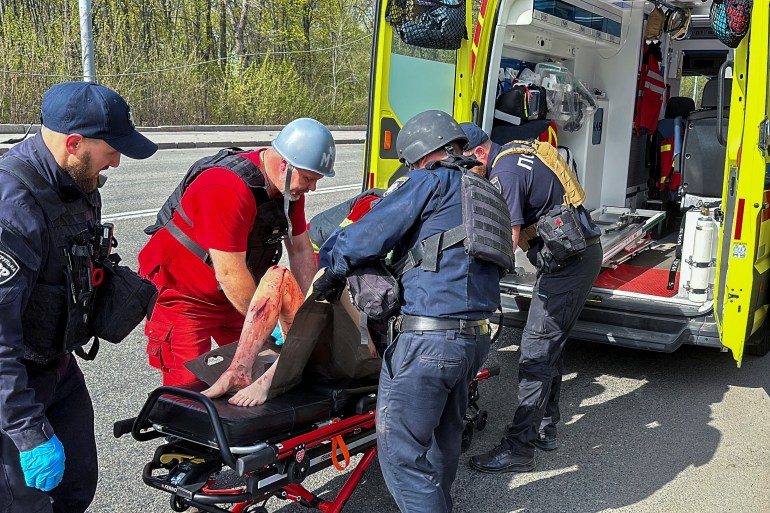
The warning came in response to French President Emmanuel Macron’s suggestion last month that sending NATO troops to Ukraine should not be ruled out.
On the same day, Kremlin spokesman Dmitri Peskov said relations between Russia and NATO had “slipped to the level of direct confrontation” and that NATO was “already involved in the conflict surrounding Ukraine”. This is consistent with the Kremlin’s position that the Ukraine war is an existential contest between Russia and the entire West.
Also on Thursday, the chief of the general staff of Russia’s armed forces, Valery Gerasimov, told a meeting of the Commonwealth of Independent States (CIS), Russia’s NATO-equivalent, that the West was destabilising world order and CIS members should rebuild their forces.
“Under these conditions,” Gerasimov said, “the challenges to the Commonwealth states are becoming more and more real and diverse, which obliges us to have well-equipped and trained armed forces.”
Russia is facing labour shortages as it recruits men for the front, something President Vladimir Putin acknowledged in a meeting with labour unions on Thursday.
He said it was “critically important” for the labour force to increase productivity, or greater immigration would be necessary. The combination of statements raised the question of whether Russia might seek to use CIS forces in Ukraine, particularly if NATO became involved with boots on the ground.
